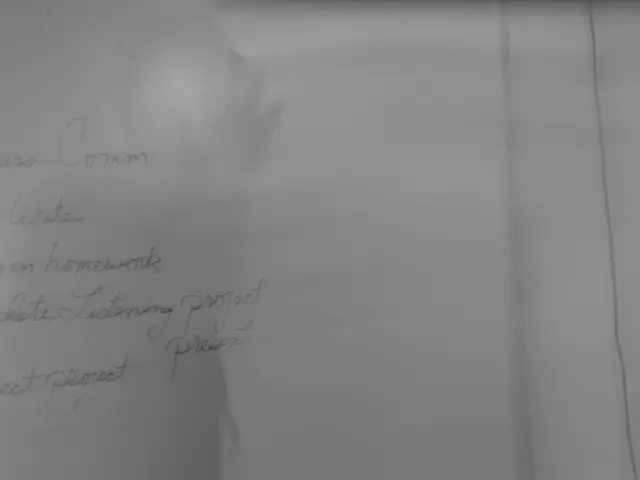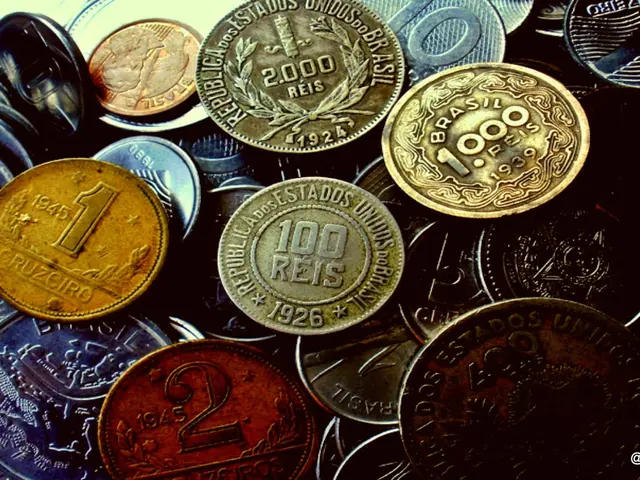Investment decisions by foreign entities are on hold until the finalisation of upcoming US tariffs
The US tariff policy, which imposes a 20% tariff on most Vietnamese exports to the US and a 40% tariff on goods transshipped via Vietnam from third countries, has introduced a significant degree of uncertainty for foreign direct investment (FDI) into Vietnam.
As a result, foreign investors have adopted a cautious stance, pausing new capital commitments until the final tariff details are clear. The tariff announcement deadline is approaching on August 1, 2025. This cautious approach is reflected in the decline of newly registered FDI projects, with more numerous but smaller investments, or what is being referred to as "sparrows" rather than "eagles". Notably, Korean investment has slowed partly due to this uncertainty.
However, investor sentiment is cautiously improving. The final tariff rate (20%) is less punitive than feared and does not significantly impact the domestic value-added portion of Vietnamese exports, which supports GDP growth. Fears of a large FDI outflow or critical damage to investment attraction have subsided, supporting positive stock market sentiment among investment funds.
To attract high-quality FDI under these tariff conditions, Vietnam could consider strategies such as enhancing domestic value-added production, strengthening transparency and enforcement against transshipment abuse, offering targeted incentives and preferential access, promoting supply chain diversification and integration within ASEAN and other partners, and engaging with foreign investors proactively to clarify regulatory frameworks and provide assurances.
The shift in FDI flows into Vietnam may become clearer after August 1. Continued reforms are essential to boost FDI, according to Bok. The Foreign Investment Agency emphasized that Vietnam's shift to a two-tier local government model strengthens investor confidence by signaling deeper administrative reforms and a more business-friendly environment.
Disbursed FDI capital reached $11.72 billion, a rise of 8.1%. Total registered FDI capital in the first half of 2025 exceeded US$21.5 billion, up 32.6% year-on-year. VinaCapital states that Vietnam will remain attractive to investors as long as US tariffs on Vietnamese goods do not exceed those imposed on other countries by more than 10%.
Foreign investors often face challenges in finding skilled labor and reliable supply chains in Vietnam. Addressing these issues is crucial for Vietnam to maintain its attractiveness to foreign investors. The Foreign Investment Agency underlined the importance of mapping out Vietnam's value chains to identify weaknesses and address them.
In conclusion, while the US tariff policy poses a challenge, it does not fundamentally undermine Vietnam’s attractiveness. Strategic adaptations focusing on value-added production, regulatory clarity, and supply chain resilience are crucial for securing high-quality FDI in this evolving environment.
- The US government's war on trade through tariffs, particularly the 20% and 40% tariffs on most Vietnamese exports and transshipped goods, has caused a significant amount of uncertainty for foreign direct investment (FDI) into Vietnam.
- Foreign investors, given this uncertainty, have chosen to abstain from making new capital commitments until the final tariff details are unveiled, with the deadline fast approaching on August 1, 2025.
- This cautious approach has led to a decrease in the number of newly registered FDI projects, with more smaller investments instead of the larger ones, a phenomenon referred to as "sparrows" rather than "eagles."
- Despite initial fears, the final tariff rate of 20% turns out to be less punitive than anticipated and does not significantly impact the domestic value-added portion of Vietnamese exports, which supports GDP growth.
- As a result, concerns about a mass FDI outflow or critical damage to investment attraction have eased, leading to a positive sentiment among investment funds in the general-news domain.
- To attract top-tier FDI under these tariff conditions, Vietnam could implement strategies such as enhancing domestic value-added production, strengthening transparency, offering incentives, diversifying and integrating supply chains within ASEAN and other partners, and proactively engaging with foreign investors for regulatory clarity.
- In the personal-finance sector, investors continue to find Vietnam attractive as long as US tariffs on Vietnamese goods do not exceed those imposed on other countries by more than 10%.
- To maintain its attractiveness to foreign investors, Vietnam must address challenges such as finding skilled labor and reliable supply chains, as outlined by the Foreign Investment Agency, with particular focus on mapping out Vietnam's value chains to identify and address weaknesses in the industry.




